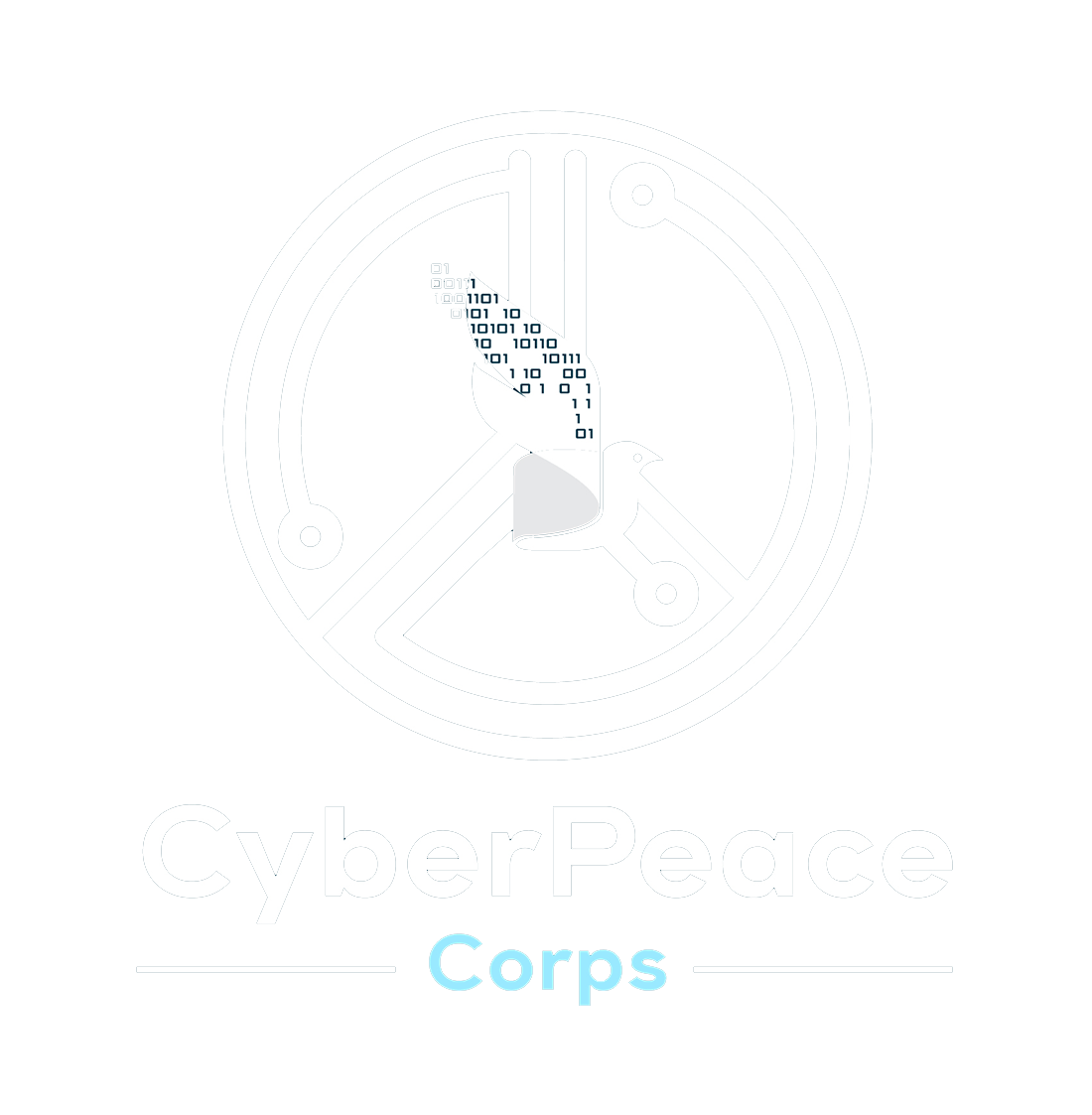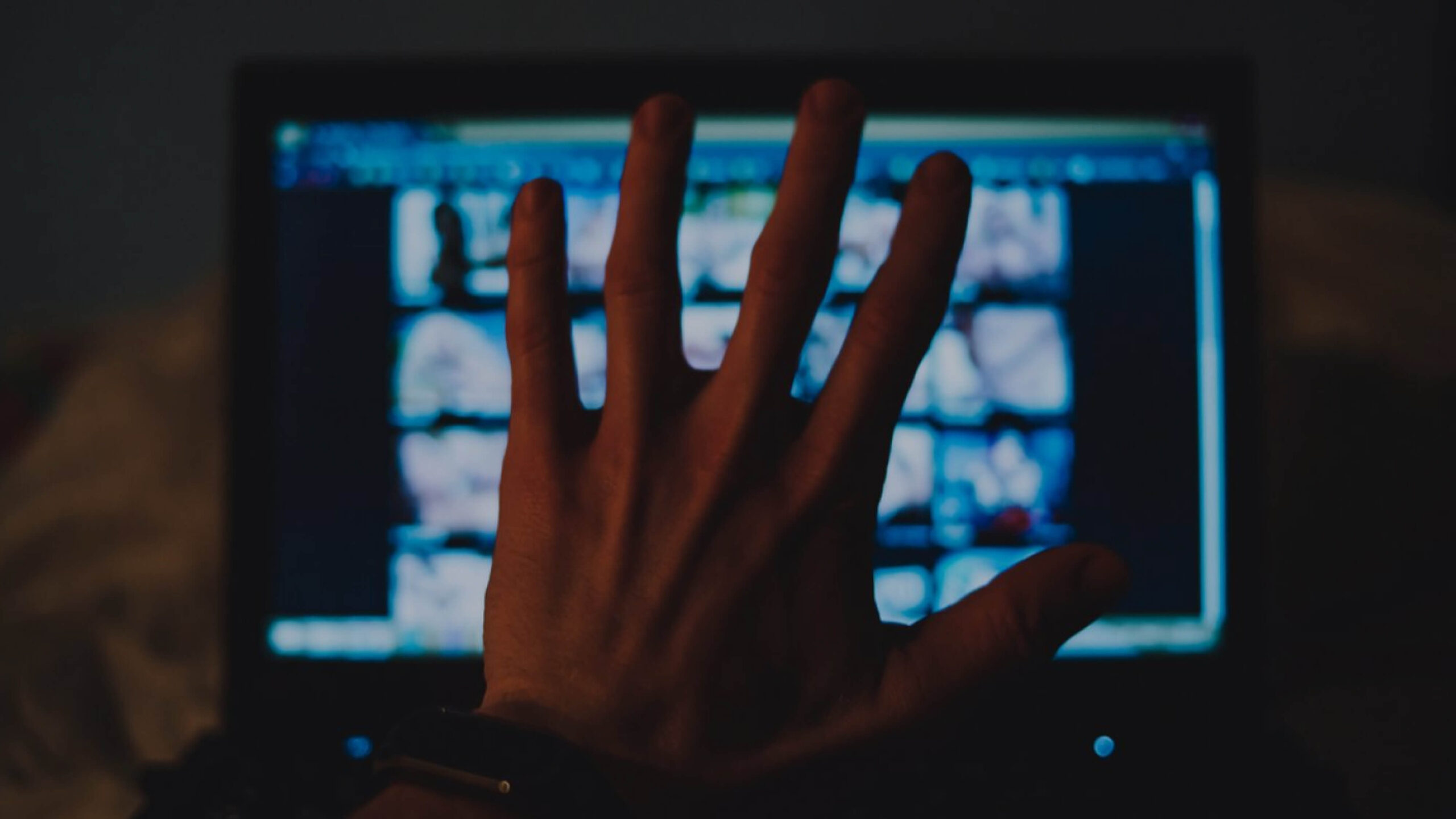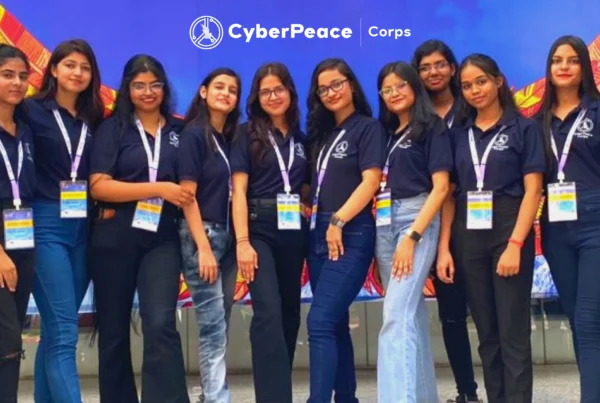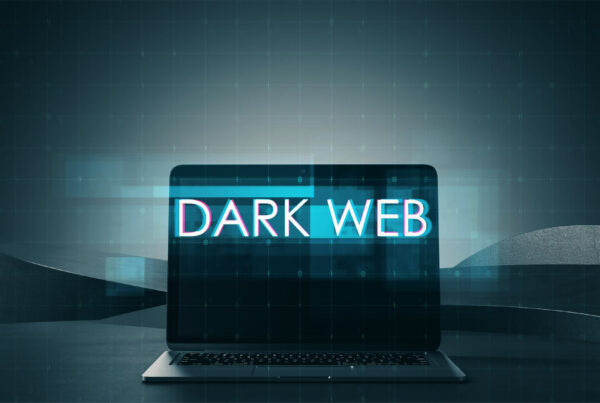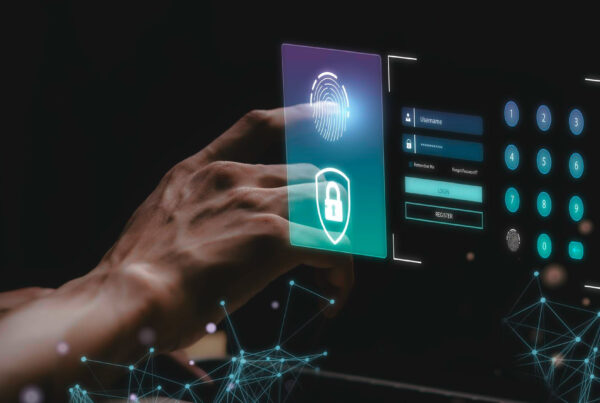Child pornography is one of the forms of child sexual exploitation. Any visual representation of sexually explicit behavior involving a minor is child pornography (persons less than 18 years old).
Before 2008, no explicit rules controlled the horrible crime of child pornography, and if it had occurred, the obscenity laws would have been put into effect to conceal the issue. The Information Technology (Amendment) Act, 2008, however, went into effect in 2008 and attempted to emphasize the “child pornography” issue as well.
Two committees were established in India to oversee the appropriate administration of the country’s child pornography laws. The Standing Committee and Expert Committee, who served as the primary regulatory bodies for the IT (Amendment) Bill, 2006, granted their approval and suggested that a particular provision be introduced to prohibit child pornography as soon as possible.
The Bill of 2006 was followed, and two of the most significant provisions went into effect. On October 27, 2009, the Information Technology Act’s S.67B became effective. Shortly after, the Indian government introduced the Protection of Children from Sexual Offences Act, 2012 (POSCO), which is crucial in making child pornography a crime.
Child pornography, as defined by S.2(da) of the POCSO Act, is any overtly sexual visual representation of child engagement. Such content may take the form of an image, a video, or any computer-generated image that is difficult to distinguish from a real child. It covers any pictures that depict children engaging in these activities, regardless of how they were modified, created, or adapted.
Laws on Obscenity in India
Obscenity laws are very subjective in nature. When the time and circumstances change, the same set of actions that were once deemed obscene may now be considered to be of a decent character. As a result, it is impossible to define the “obscenity laws” in a rigid manner. Although the Indian Penal Code, 1860 (IPC) and the Information Technology Act, 2000 primarily govern obscenity laws in India (the IT Act).
The Hicklin Test
The Regina v. Hicklin case (1868)[1] inspired the Hicklin test, which American courts used from 1879 until the early 1930s. Judges used this standard to determine whether a work was obscene if any of the content had the potential “to deprave or corrupt people whose minds are exposed to such immoral influences, and into whose hands a publication of this type may fall.”
The U.s. Supreme court ruled in Roth v. United States[2] that the Hicklin test should not be used and that the proper standard for determining obscenity is “whether the dominant theme of the material, taken as a whole, appeals to the prurient interest to the average person, applying contemporary community standards.” According to Justice Brennan in a court opinion, ‘Obscene material’ is described as “material which deals with sex in a manner appealing to prurient interest… having a tendency to excite lustful thoughts (or) as (a) shameful and morbid interest in sex,”
In Miller v. California[3], the Supreme Court decided by a vote of 5 to 4 that content could be declared obscene if it passed a newly created three-part test:
- According to current community standards, the average person would find that the work, taken as a whole, appeals to the prurient interest (Roth Test);
- The work clearly shows sexual conduct that is particularly prohibited by the relevant state legislation;
- The work, as a whole lacks serious artistic, literary, political, or scientific value (LAPS Test).
If the content is to be considered obscene and outside of the First Amendment protection, it must satisfy all three criteria. Only “ultimate sexual acts” could be prohibited under the ruling, and the pertinent local community norms, not nationwide.
Indian Judgements:
Nude pictures cannot be considered obscenity under the definition of S.292 of the IPC unless sexual desire is aroused in that specific person, according to a ruling by the Supreme Court in Aveek Sarkar & Anr. vs. State of West Bengal and Anr[4], by the bench of Justice K.S. Radhakrishna and Justice A.K. Sikri. The Roth test was introduced because it was adopted that the Hicklin test’s application was inappropriate. However, the use of modern community standards came with limitations and a lot of uncertainty. As a result, the Miller Test was adopted, which had a penetrating impact and the ability to render complete justice.
In Avnish Bajaj vs. State[5], the High Court rules that- “there is a prima facie case against the website under S.292(2)(a) and (d) of IPC[6] for both the listing and the video clip, respectively. The Court correctly noted that the website asserted the item in question was truly obscene despite the fact that it lacked any effective filters that could identify the listing or the pornographic nature of what was being offered for sale”.
The Hicklin test is no longer applicable. Additionally, the Court will hopefully no longer accept claims based on an idealized, purified (and fictitious) conception of “Indian culture and values,” a monolithic, eternal entity whose prohibitions tend to align with the views of its most ardent advocates, as a result of its intense focus on contemporary community standards. Last but not least, by approving both Roth and Butler, the judgment made today is itself incomplete, making it susceptible to an amendment to reflect both instances in a more precise and relevant way. Even if there is still a long way to go before India’s obscenity laws fully guarantee free expression, perhaps we have finally stopped going backward.
Conclusion:
In 2013, the National Policy for Children was put into effect, with the primary goal of ensuring that children were protected from obscenity and pornography. Despite this, according to the National Crime Records Bureau’s (NCRB) most recent report, 53,874 or 36.05 % of the 1,49,404 child abuse cases reported in 2021 were under the purview of the POCSO.[7]
A UNICEF Report stressed the fact that there is utter inadequacy in legislation, services, and mechanisms with respect to threats of child pornography, and there is the utmost need for upgradation and strengthening.[8]
The Indian government has lately moved toward stricter enforcement of the laws against child pornography. At all State levels, an advisory committee was established to prevent and combat cybercrime against minors.
The creation of an internet portal that the child’s guardian can use if their child experiences sexual or mental abuse on the platform is essential. The Standard Operating Procedure (SOP) for the implementation of child pornography legislation has to be tighter. We should all exercise greater caution while using social media on an individual basis.
[1] Regina v. Hicklin (1868), Cockburn, C.J., Blackburn, Mellor, and Lush, J.J. (Queen’s Bench)
[2]Roth vs. United States (1957)
[3]Miller vs. California (1973), No. 70-73
[4]Aveek Sarkar & Anr vs State of West Bengal and Anr on February 3, 2014
[5] Avnish Bajaj vs. State (N.C.T.) of Delhi.
[6] S.292(2)(a) and (d) of Indian Penal Code, 1860.
[7] Indian Express dated Tuesday, Jan 17, 2023.
[8] https://www.unicef.org/harmful-content-online
Author: Ms. Amisha Sah, Intern, CyberPeace Foundation
